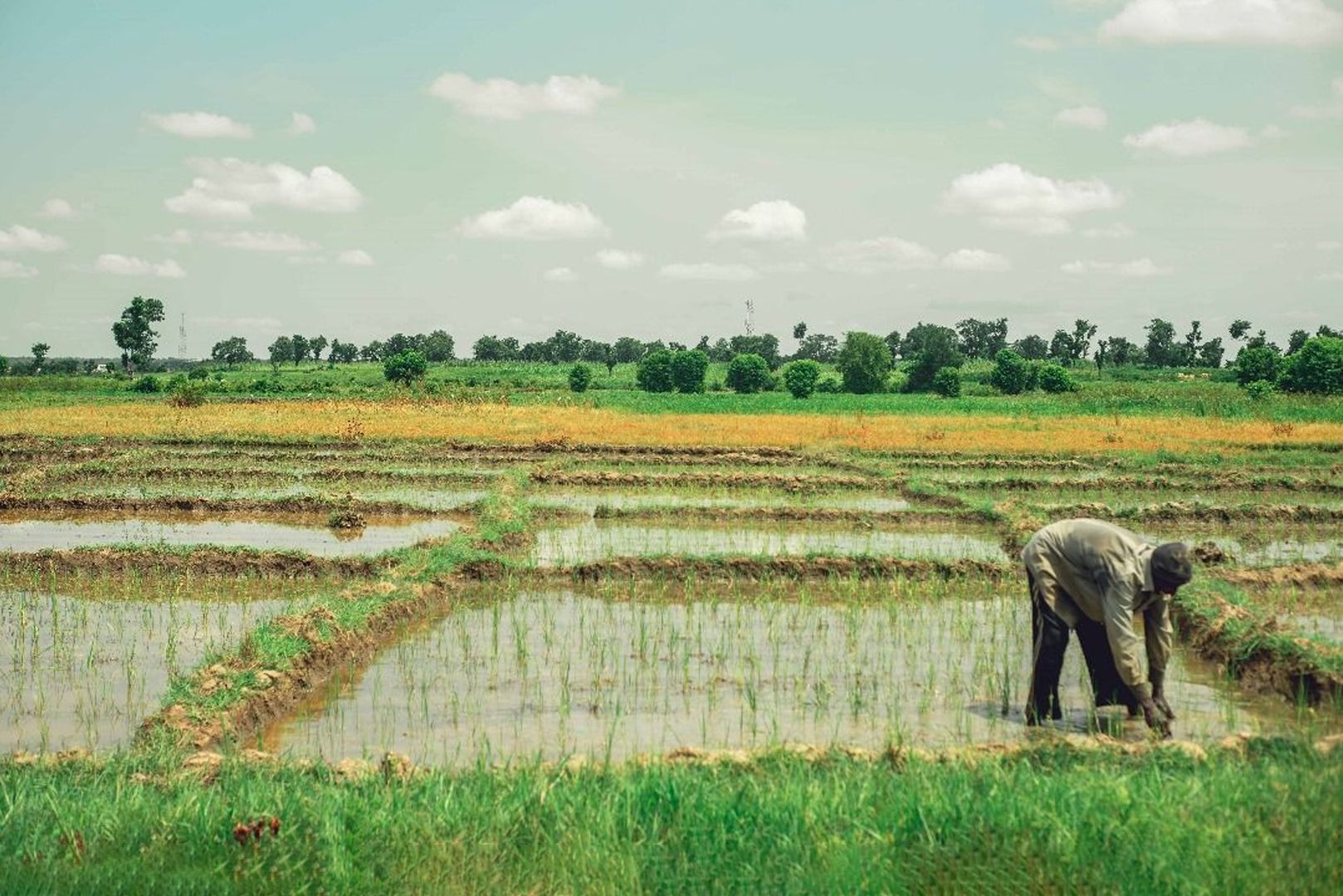Reading time:4 min read
Turning Subsistence Farming into an Investment Opportunity
According to the FAO, about 3 billion of the global population are subsistence farmers, who live in small farm households, work on land plots smaller than 2 hectares, and rely predominantly on family labor. In Africa, subsistence farming is the main source of food production with over 80% of smallholder farmers in Africa still producing at the subsistence level, and 60% of Africans engaging in subsistence farming, contributing 23% of Africa’s GDP.
A recent study published in the African Journal of Food, Agriculture, Nutrition, and Development analyzed African agriculture and the vital role subsistence farmers play in food security. The research concludes that achieving agricultural development in Africa in the coming decades hinges on a strong focus on supporting smallholder farmers, proving that there is a huge untapped profit potential within subsistence farming.

A win-win situation emerges by empowering these farmers to scale up their operations and transition towards commercialization. Investors gain access to a lucrative market, while farmers achieve financial security and contribute to a more stable food system.
Challenges Subsistence Farmers Face
Although subsistence farmers in sub-Saharan African countries contribute up to 90% of food production, they face several challenges that limit their productivity and hinder their ability to escape poverty. African smallholder farmers lack proper education and struggle with limited resources, unpredictable weather, and poor infrastructure. This makes it difficult to improve yields, access markets, and build resilience, trapping them in a cycle of low productivity.
In many countries, subsistence farming households are often located in remote areas with underdeveloped road infrastructure. This limits their market access and increases the cost of transportation and production. Climate change disrupts rain patterns and brings harsher weather, making it harder for subsistence farmers to grow enough food, and inadequate storage and processing facilities, lead to food waste as high as 40% in Africa.

As acknowledged by the FAO, farming is risky. Farmers have to make daily decisions that affect their farming operations, and many of the factors that affect the decisions cannot be predicted with 100% accuracy; weather conditions change, prices at the time of harvest could drop, hired labor may not be available at peak times, machinery and equipment could break down when most needed, and government policy can change overnight. Smallholder farmers are especially prone to these risks since they have limited resources, and with increasing interest rates of traditional loans, owing to inflation, it is becoming increasingly difficult for them to access financial services. These risks, however, can be significantly mitigated and transformed into investment opportunities
Turning Challenges into Investment Opportunities
Farmers’ cooperative societies alleviate risks through features like joint liability for loans and bulk sales, reducing defaults. This type of loan attracts farmers who might not qualify individually, but the cooperative takes responsibility for repayment if a member faces challenges.
Warehouse receipting systems also provide a layer of security for investors. Farmers can deposit their harvested crops in certified warehouses, and receive a tradable document – the warehouse receipt – that verifies the quantity and quality of the stored commodity. This receipt acts as collateral for loans. For investors, it offers a valuable guarantee; in case of default, the crops can be sold to recover the loan amount.
Research shows that subsistence farmers don't put all their eggs in one basket even after commercialization. They often cultivate a variety of crops, reducing risk for themselves, and investors. This means a bad harvest for one crop won't necessarily wipe out their entire income, potentially improving their ability to repay investment loans.
A few online platforms allow individuals to invest small amounts in projects that support African farmers. These investments often have a social impact focus and may not offer high financial returns. However, they can provide individuals with a way to directly contribute to the solution. An example is the Monthly Trade Finance Note (MTFN) on the Africa exchange. This is a fixed-income instrument that allows you to invest in agricultural logistics for 120 days. With a minimum deposit of one thousand naira, and you get to earn returns of 6.25% on your investment capital.
Microloans allow investors to provide small, targeted loans to subsistence farmers. These funds can be used for essential upgrades like irrigation systems or seeds for high-value crops, significantly boosting a farm's productivity and profitability.
A thriving agricultural sector is the backbone of a strong African economy. This is why investments that promote sustainable farming methods and improve the productivity of small-holder farmers are crucial. Subsistence farmers are the heart of Africa's agricultural sector, and their success is directly linked to the continent's economic well-being. It is essential to invest in them and create a more sustainable future for Africa.
